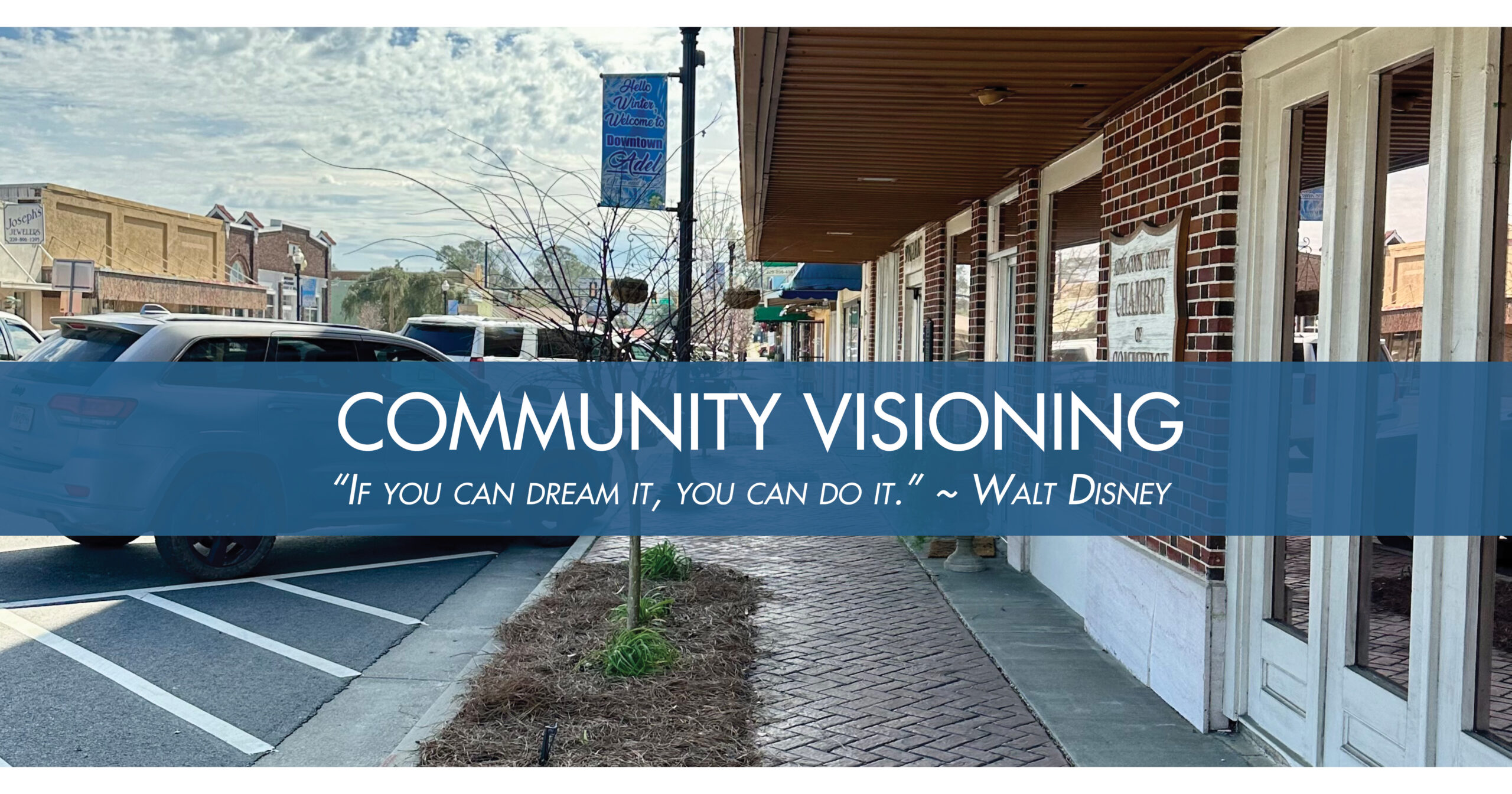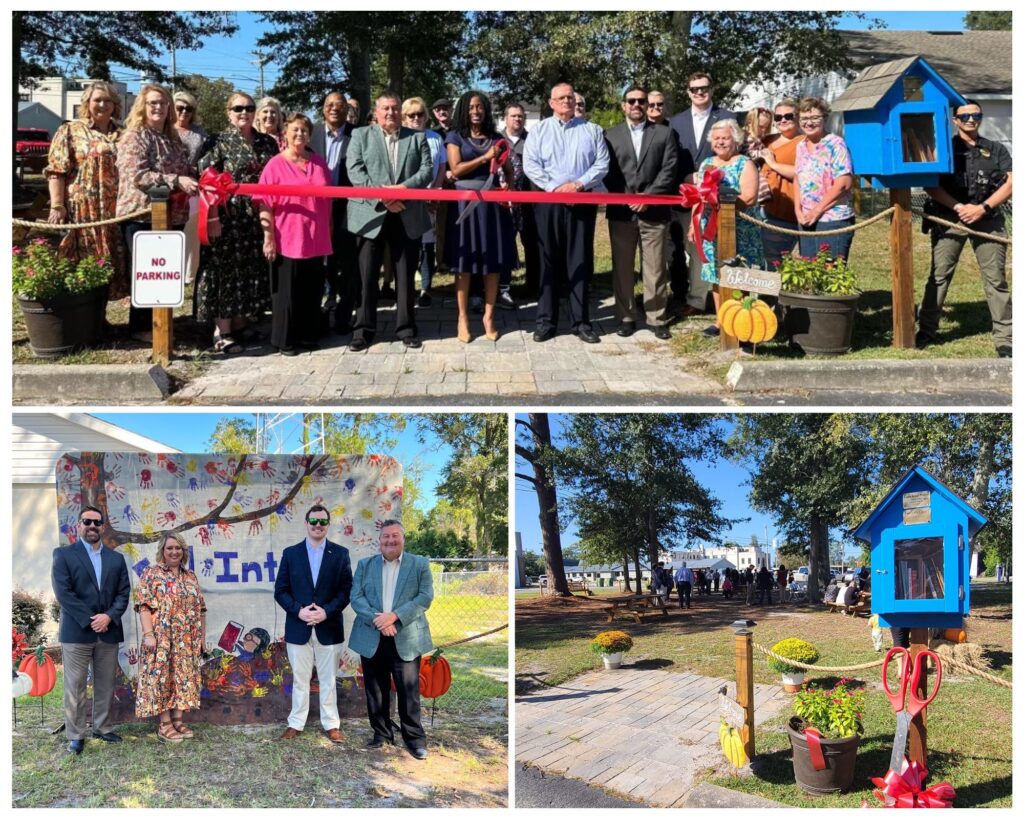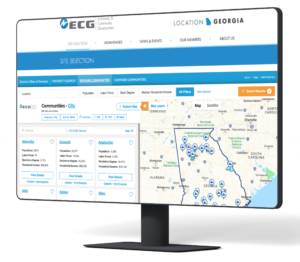23 Feb 2024
Implementing Your Community Vision


You did it! You herded the cats, successfully crafted a vision for your community, and developed an implementation plan. Now what?
For most, developing a community vision and implementation plan is the easy part, but implementing projects and making meaningful changes to achieve a community vision can be extremely daunting.
However, during the planning and visioning process, a road map was developed that outlines the required tasks to arrive at the desired destination. Now, local government staff, stakeholders, and residents must work together to implement the projects and initiatives outlined in the road map to achieve the community’s shared vision. The road may be long and treacherous, but you can do it.
SO, HOW DO YOU DO IT?
1. START SMALL
When it comes to implementing a community vision, it is often best to start small and build momentum. Implementing a vision is like climbing a flight of stairs; each step is one step closer to completion. If your community is working on a multi-phased placemaking project, then implementing the entire project at one time may not be feasible. However, gradual steps and gradual improvements over time can lead to a finalized product. Instead of waiting to fund the project all at once, try completing the tasks that can be accomplished with minimal resources.
For a placemaking project, most local governments can invest in landscaping, sidewalk improvements, and other minor improvements that are geared towards the project’s final output. Implementing a community vision incorporates the same mindset. Starting small and focusing on the items that can be completed in-house can build momentum, and that momentum may carry the community to the next level.
2. PARTNER! PARTNER! PARTNER!
A crucial part of the process is the cultivation of partnerships! Utilizing local partners can be game changing for implementation of a shared vision. If the goal is to have a clean and attractive downtown, engaging local business owners, faith-based organizations, and local non-profit organizations to support beautification and cleanup projects can assist with accomplishing the objective.
Every community has a group of volunteers that are eager to help, but finding and engaging those volunteers can be a challenge. Creating those partnerships early on in a project and getting buy in and support in the beginning of the visioning process may assist with having participation during the implementation phase.
3. KEEP YOUR EYE ON THE PRIZE
The last tip is to stay positive and motivated. Every community will face bumps in the road or unexpected setbacks, and that is a part of the process. Do not let community agitators or setbacks derail the community from the course of success. Having a plan and community input can alleviate a lot of challenges and pushbacks that may occur and can also serve as a great resource for determining the next steps a local government should take to get to the desired destination.
In the wise words of Leslie Knope, “Now go find your team. Get to work. Whatever that work is that you find worth doing. Do it and find some people to love who’ll do it with you.”
Bonus Pro-tip: Have you explored our Site Selection page for additional resources to help implement your community vision?
The Compare Communities Tab allows you to compare data on demographics, labor force, and consumer spending for two or more communities across the country to help you make informed decisions.
Companies start the site selection process with a list of criteria for desired regions, looking for specific elements in infrastructure, supply chain, workforce or other categories. Once those conditions are met, they’ll search for properties. The Explore Communities Tab allows you to do just that. Take hard to absorb long lists of text and numbers, and turn that complex data into engaging visuals that are instantly understood, easy to absorb, and far more likely than static reports to be recalled when decisions need to be made.
Has your community faced challenges with implementing its vision, or do you want to learn more about the visioning process? Contact Jon R. McBrayer, MPA, our Community Development Project Manager.


